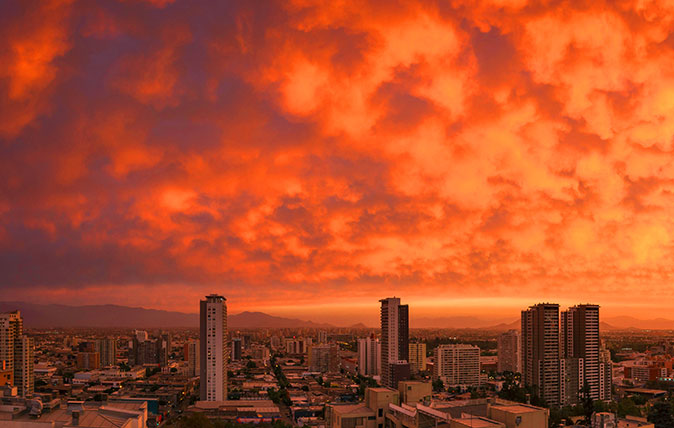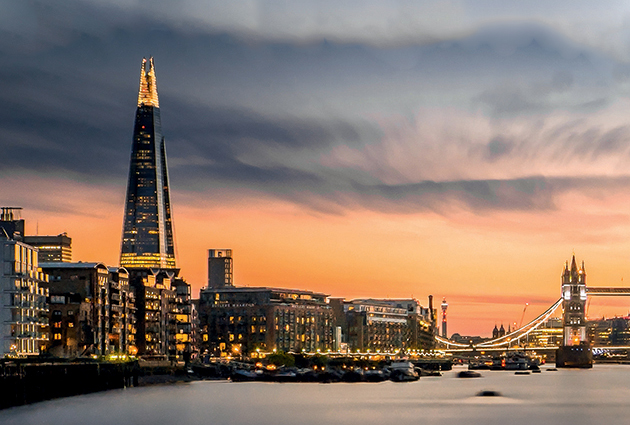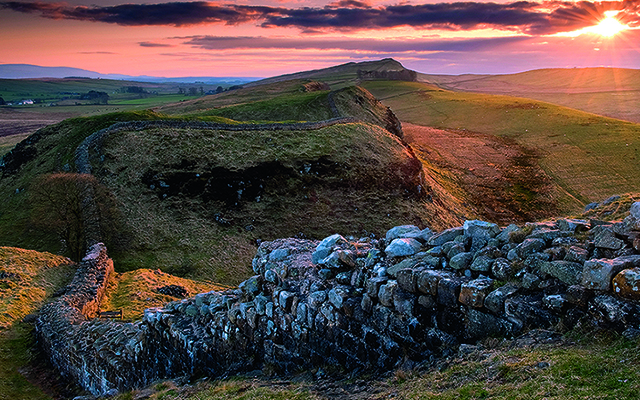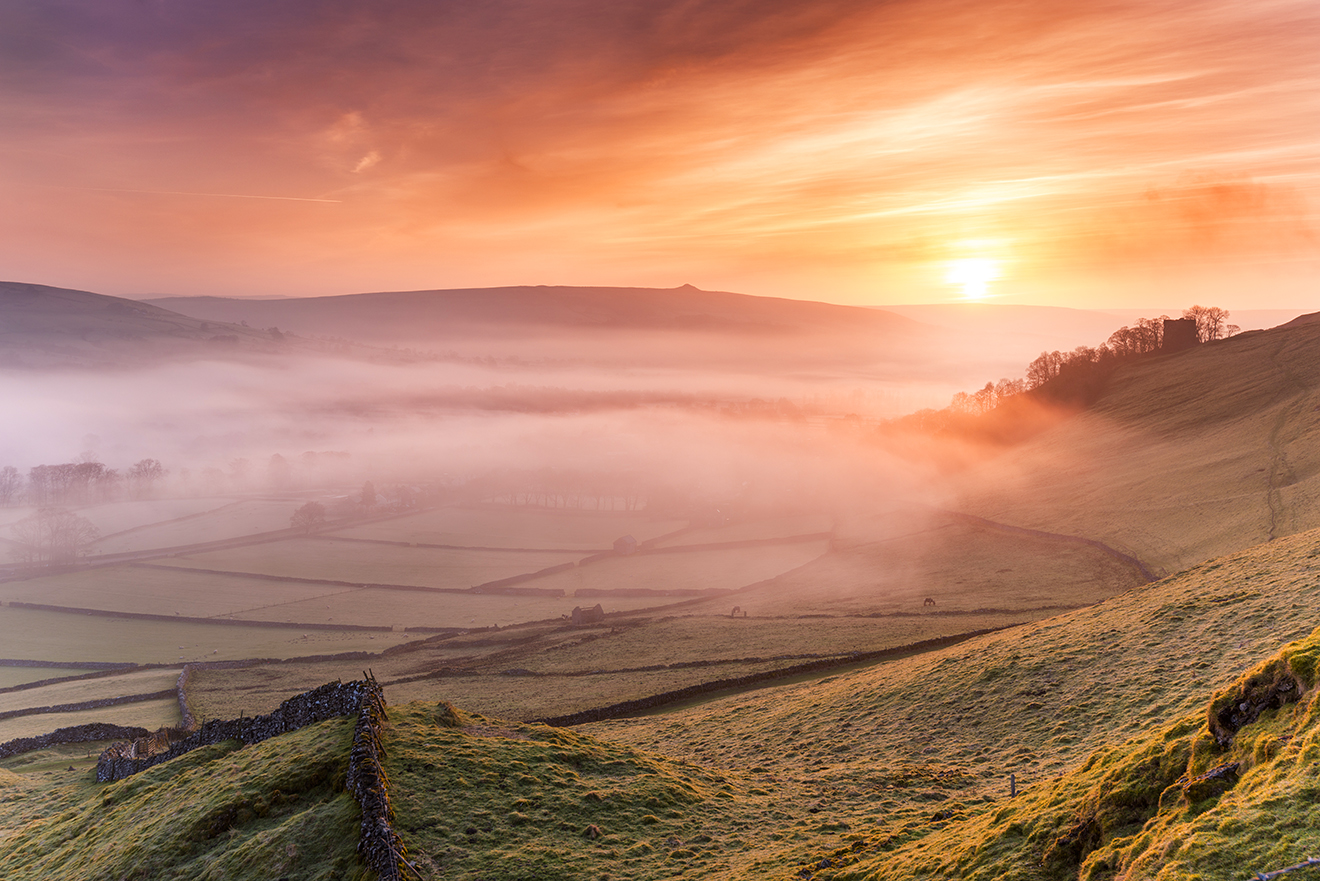Red sky at night, and other mysteries solved: The science of sunrise and sunset
Is the 'Red Sky at night' saying true? What's the difference between sunrise and sunset? And why does the sky go red in the first place? Jay Griffiths explains all...


Red sky at night...
‘Red sky at night, shepherd’s delight – red sky in the morning, sailor's warning.’ So the saying goes – but why? This occurs when the weather predominantly comes from the west, as it does in Britain.
A red sky at night means high pressure is moving in from the west and the next day will be sunny. A red sky in the morning signals that high pressure has already moved east, giving way to low pressure with wet and windy weather – necessitating that shepherd’s warning.

The scattering of the sun's rays
The colours of sunrise and sunset result from a phenomenon known as scattering: molecules and small particles in the atmosphere change the direction of light rays, causing them to scatter, which affects the colour of light from the sky, depending on the wavelength of the light and the size of the particle.
Short-wavelength blue and violet are scattered more than other colours; long-wavelength red is scattered least. At sunrise and sunset, the light passes through more air and more atmosphere, so there are simply more molecules to scatter the violet and blue away.

Why sunrise and sunset are different
Sunsets tend to look more chaotic, with large curtains of colour. Sunrises tend to have a cleaner and neater overall look. The reason? During the warm, busy day, more polluting particles build up in the atmosphere. After the cool night, the air is clearer – the colours are more focused around the sun itself.

The volanic mechanic
Major volcanic eruptions scatter particles of gas, dust and ash into the upper atmosphere, which can remain for several years. The effects include spectacularly multicoloured sunsets, with more perceived reds, purples, pinks and oranges than normal. The vast eruption of Krakatoa in 1883 spread these around the world – as immortalised in Edvard Munch's The Scream.
Where to find the ultimate sunset
While wild coasts and unspoilt islands undoubtedly have beautiful sunrises and sunsets – the Greek island of Santorini was recently named as the place on the planet with the most beautiful sunsets – for a truly extraordinary red sky, nature needs a little bit of help. The natural atmosphere of nitrogen and oxygen will never tip a sunset beyond an orange hue, but pollution particles can cause a deep red sunset. The Chilean city of Santiago (at the top of this page) offers a great example: it sits in a valley ringed by mountains, and is regularly choked with smog – but the blood-red skies in the evening offer a tiny bit of aesthetic compensation.
Exquisite houses, the beauty of Nature, and how to get the most from your life, straight to your inbox.
On balance, perhaps the clean, orange skies of Santorini – or even better, an island like Spetses where horses and carriages trump cars as the transportation of choice – are better after all...

Country Life is unlike any other magazine: the only glossy weekly on the newsstand and the only magazine that has been guest-edited by His Majesty The King not once, but twice. It is a celebration of modern rural life and all its diverse joys and pleasures — that was first published in Queen Victoria's Diamond Jubilee year. Our eclectic mixture of witty and informative content — from the most up-to-date property news and commentary and a coveted glimpse inside some of the UK's best houses and gardens, to gardening, the arts and interior design, written by experts in their field — still cannot be found in print or online, anywhere else.
